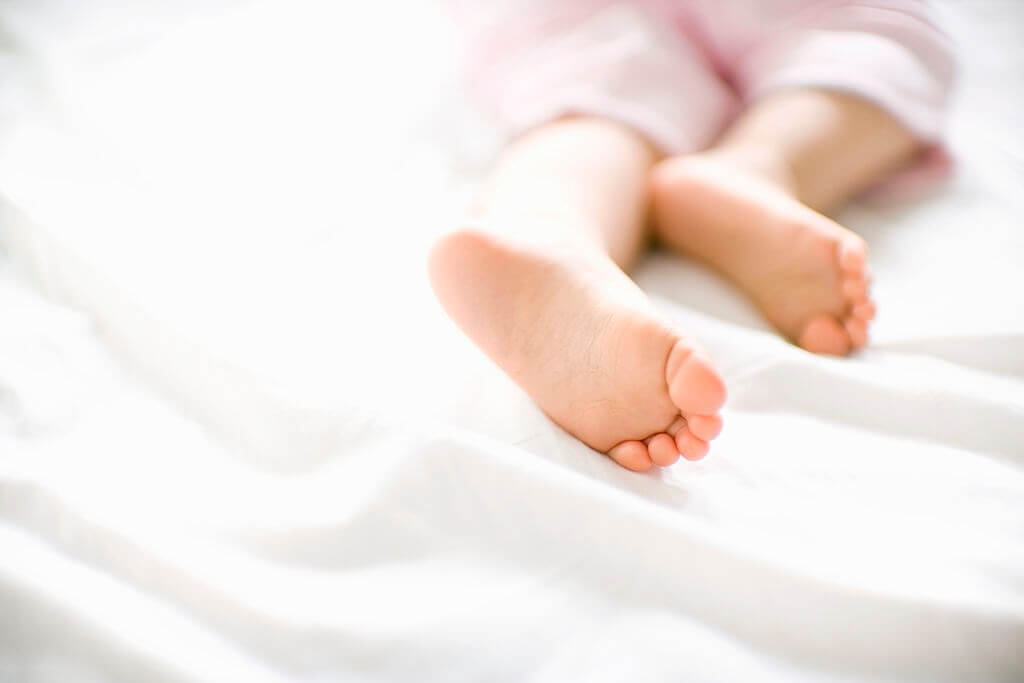An improper brain activity causes a migraine headache. Many causes can cause this behavior to occur. The majority of doctors believe the assault starts in the brain and includes nerves and chemicals. Blood flow in the brain and surrounding tissues are affected by the alterations.
Alessandra Voci and colleagues from Tor Vergata University have investigated the link between headache symptoms and sleep in children with migraines.
Children With Migraine Have A Significant Prevalence Of Sleep Problems
Among kids, there are different reasons responsible for this painful experience compared to those with the same health issues but adults. Migraine is directly linked to activities of the brain and those who keep on more active on this front may have to bear this disease in a short span.

The Children’s Sleep Habits Questionnaire (CSHQ) and the Epworth Sleepiness Scale for Children and Adolescents, which incorporated headache characteristics, were completed by parents of migraine-affected children and adolescents. Though there are some medicines available for this health issue many of the patients do not get enough relief from the same and hence it is necessary to know the root cause.
The asleep problem can have a negative impact on your health, safety, and general quality of life. Sleep deprivation can impair your driving skills and put you at risk for various health issues.
Excessive daytime drowsiness, uneven breathing, and increased activity during sleep are all indications and symptoms of sleep disorders. An inconsistent sleep and waking cycle, as well as trouble falling asleep, are further indications and symptoms.
Sleep problems are characterized by excessive sleepiness throughout the day and difficulty falling asleep at night. Some people doze off at inconvenient moments, such as when driving.
Other signs and symptoms include breathing in an odd manner or having an uneasy impulse to shift while sleeping. It’s also possible to have strange or uncomfortable motions or feelings when sleeping.
They discovered that 72.9 percent of 140 people had sleep problems, with just 5.0 percent having already been diagnosed. Patients with sleep problems had a statistically significant greater frequency of headaches, as well as a higher incidence of migraine equivalents.
A higher CSHQ total score was associated with a higher incidence of severe episodes and worse acute medication effectiveness. There were substantial positive correlations between migraine frequency and sleep start delay, sleep duration, and night-wakings subscales.
Sleep problems are prevalent in children and teenagers, and even babies can suffer from them. Poor sleep quality and/or quantity in children has been linked to a slew of issues, including academic, behavioral, developmental, and social challenges, as well as weight issues and other health issues.
Pediatric sleep issues have an influence on not just a child’s health, but also on family relationships and parental or sibling sleep. “Sleep problems are commonly related with a higher headache severity in children with migraine, although they are underdiagnosed in many situations.
Given the link between sleep and migraine symptoms, bettering sleep quality may aid in reducing migraine disability and vice versa “written by the authors “As a result, in order to detect the existence of sleep problems early, the clinical assessment of pediatric migraine patients should always involve a comprehensive investigation of their sleep patterns.
“When compared to the general population, migraine sufferers are 2 to 8 times more likely to have sleep problems. Those who suffer from chronic migraine, which includes migraines 15 or more days per month, have nearly double the risk of sleeplessness as those who suffer from less frequent headaches.
These higher-than-average rates are related to migraine comorbidities and other migraine lifestyle variables that make getting a full night’s sleep difficult. Fortunately, certain sleep patterns may be utilized to diagnose and treat sleep problems.